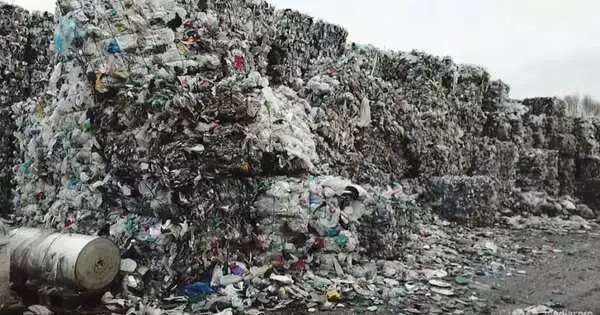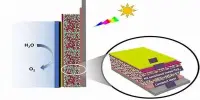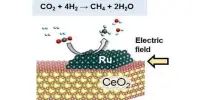Impurities or residual substances from the original plastic products, as well as additives used in the manufacturing process, can sometimes be found in recycled plastics. Flame retardants, plasticizers, and other chemicals are examples of these substances. The presence of such substances in recycled plastics could be a cause for concern if they pose health or environmental risks.
Scientists discovered hundreds of toxic chemicals, including pesticides and pharmaceuticals, in pellets made from recycled plastic collected in 13 countries. As a result, scientists consider recycled plastics unfit for most purposes and a hindrance to efforts to create a circular economy.
The findings have been published in a study led by researchers at the University of Gothenburg.
Plastic recycling has been promoted as a solution to the plastics pollution crisis, but toxic chemicals in plastics complicate reuse and disposal and impede recycling.
Professor Bethanie Carney Almroth
Delegates, scientists, and health and environmental advocates from around the world are traveling to Nairobi, Kenya for the third session of the Plastics Treaty Intergovernmental Negotiating Committee (INC-3), which begins next week.
There, scientists will urge delegates to pay attention to the latest science, which shows that because toxic chemicals are used to make all plastics, and plastics will adsorb other chemicals during use, there are no plastics that can be considered safe or circular.
“Plastic recycling has been promoted as a solution to the plastics pollution crisis, but toxic chemicals in plastics complicate reuse and disposal and impede recycling,” says University of Gothenburg Professor Bethanie Carney Almroth.

Over 600 chemical compounds identified
In a recently published study in Data in Brief via ScienceDirect, led by Carney Almroth, plastic pellets from plastic recycle plants in 13 different countriesin Africa, South America, Asia, and Eastern Europe were found to contain hundreds of chemicals, including numerous highly toxic pesticides.
In total, 491 organic compounds were detected and quantified in the pellets, with an additional 170 compounds tentatively annotated. These compounds span various classes, including pesticides, pharmaceuticals, industrial chemicals, and plastic additives.
Present risk for all
Chemicals in plastics are subject to few regulations, and international trade in plastic waste complicates matters.
Researchers from the University of Gothenburg, IPEN, Aarhus University, and the University of Exeter noted in a correspondence published this month in the journal Science that “the hazardous chemicals present risks to recycling workers and consumers, as well as to the wider society and environment.” Before recycling can help address the plastics pollution crisis, the plastics industry must limit the use of hazardous chemicals.” Over 13,000 chemicals are used in plastics, with 25% of them classified as hazardous. According to scientists, “no plastic chemical [can be] classified as safe.”
“Need to phase out harmful chemicals”
“Numerous studies show that hazardous chemicals can accumulate even in relatively close-loop plastic recycling systems,” says Professor Bethanie Carney Almroth, who will be speaking at next week’s meeting in Nairobi. Plastic chemicals that are harmful to human health and the environment must be phased out as soon as possible.”
















